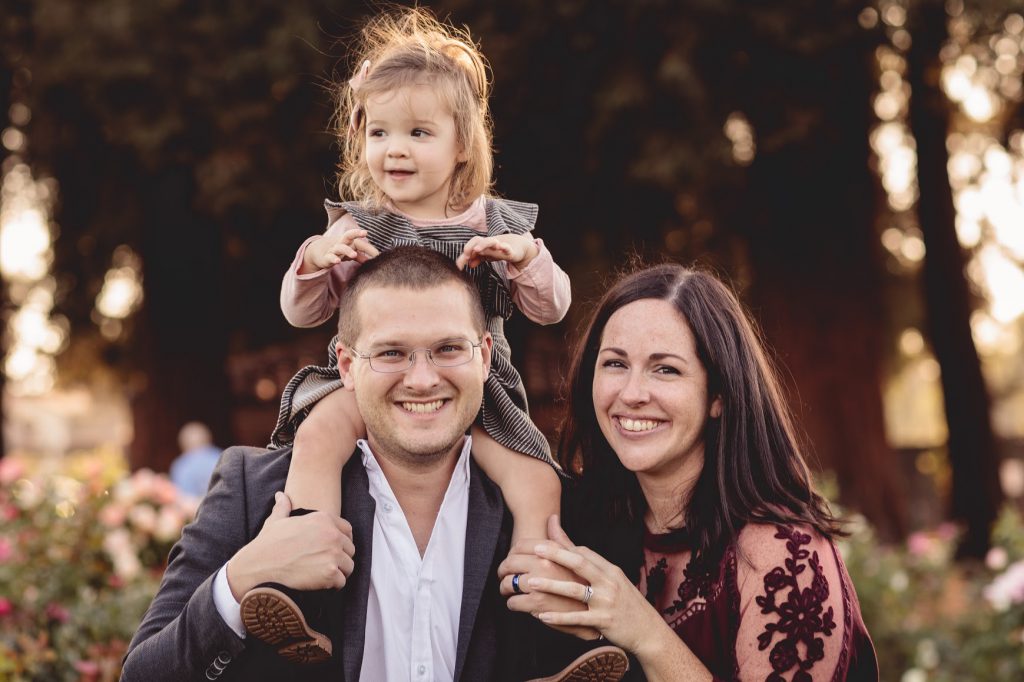Justin Munafo is a graduate student in the School of Kinesiology, at the University of Minnesota. He is pursuing a PhD in Kinesiology with a minor in Human Factors. He currently works for Google as a User Experience Researcher in California.
Could you share your education history and what interested you in pursuing your Graduate Degree at the U of M?
I graduated from the University of Dayton in 2009 with a BA in Psychology and a minor in History. When I was taking psychology courses I really enjoyed the science aspects, like cognition and perception. After I graduated I continued to feel drawn to the science side of psychology. So, I looked for different advisors in my field, perception and action or ecological psychology. Thomas Stoffergen, PhD, at the University of Minnesota, seemed like a good fit.
How long have you been a student at the University?
I joined the lab Affordance Perception-Action Laboratory (APAL) (directed by Thomas Stoffregen) in the fall of 2013. I spent about 3 years on campus, took a leave of absence for 2 years, and now I am continuing to pursue my PhD while working.
Could you share what you do as a job?
I lead the key performance indicator team within Google’s augmented reality and hardware group. In other words, I get new products in front of users, put them in a scenario where they would use that item, then follow up with questions on the performance. After gathering user feedback, I take the product back to the developers and share how the key performance indicator impacts the user experience. I have a lot of fun taking my science skill set and applying it to questions for engineers or product managers, answering questions for them, or reducing uncertainty around their questions. One thing I enjoy is when I encounter questions that have already been answered in old-school experimental psychology literature, that we’re looking at with a new modern take on the concept. Rather than looking at it as a threshold for detection, we’re looking at it as a threshold for a good user experience.
What are some of the things you like the most about the University?
I really love the University in the spring and fall, before the snow. I also liked to attend different artistic and musical events. In particular, I recall my wife and I went to one play that was put on at Northrop. In terms of being a student, one of the things I’ve really enjoyed are the seminars. I like diving into subject matter that is relevant to my degree. I like the way that the seminars are set up; they are driven by the students. One person presents, and there is a discussion that follows.
What are the challenges you’ve encountered as a student?
I think this is probably something that a lot of people run into, but I’m not originally from Minnesota. I’m from Cincinnati, Ohio, where the winters are a lot milder. So if there was a blizzard, and we got six inches of snow overnight, everything shut down. The first year that I was here it snowed like seven or eight inches during the first snow, and we had just moved downtown. Dealing with all of the snow and the fact that literally nothing shuts down in the city combined with how cold it is, was a whole new experience.
What advice would you give to students?
Don’t get inside of your own head, and be willing to find and accept help from other people. I experienced a lot of imposter syndrome when I first entered my graduate program and felt like I didn’t belong. It’s easy to be in a class with someone who’s in their third, fourth, or fifth year and you feel out of place because they appear to know much more than you. But the truth is, you’re there for a reason. Even if you don’t feel like you have a place at the table now, continue working because ultimately, you’re there, you’ve already made it.




